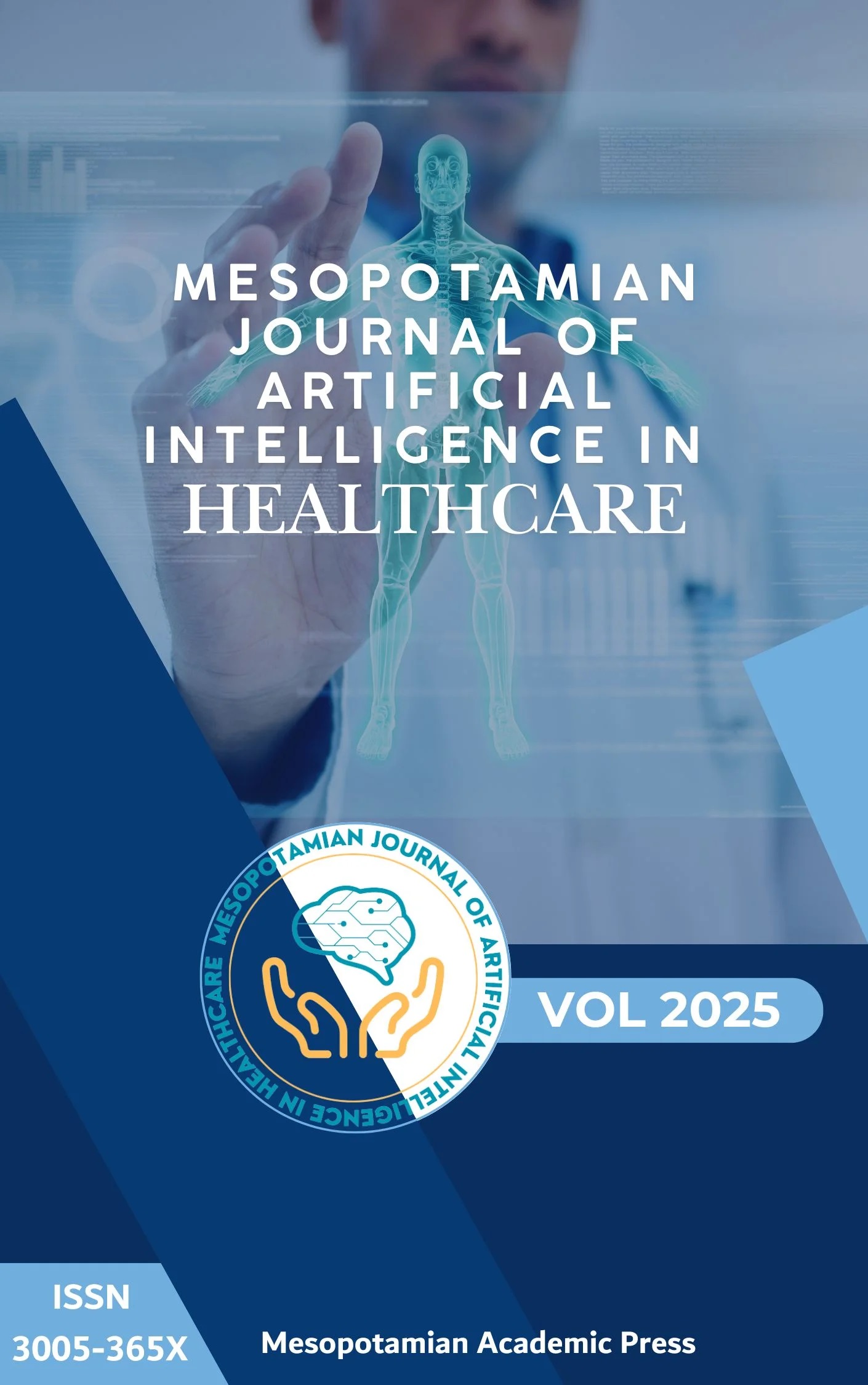Abstract
The utilisation of deep learning techniques has witnessed a surge in popularity within the realm of medical image analysis, particularly in the context of identifying COVID-19. Following the occurrence of the COVID-19 pandemic, extensive investigations have been conducted to identify the existence of Sars-Cov-2 through the utilisation of several deep learning algorithms. The objective of this study is to conduct a comprehensive review of deep learning techniques utilised for the detection of COVID-19. \"Can deep learning methodologies serve as a viable substitute for radiologists in the diagnostic process of COVID-19?\" is the research inquiry. In order to compile research articles for the purpose of conducting a systematic review, two scientific databases were employed as primary sources. Databases such as PubMed and IEEE Xplore have been utilised for this purpose till January 2022. The published studies were examined in accordance with the PRISMA guidelines. The study established predetermined criteria for exclusion and inclusion, and subsequently identified relevant works based on these criteria. The findings indicated that a total of 543 out of the 634 articles that were initially retrieved were excluded due to their lack of conformity with the predetermined criteria. Conversely, 87 articles met the inclusion criteria and were retained for further analysis. The research articlespresented in this compilation are categorised into three distinct groups: the types of visual representations utilised, the methods employed for applying deep learning techniques, and the programming languages that are most frequently utilised. The exclusive reliance on deep learning algorithms is insufficient for substituting the visual diagnostic performed by physicians and radiologists in the detection of COVID-19. Due to the lack of substantiation by the medical establishment. CT and x-ray imaging modalities are commonly utilised in various fields. However, alternative imaging techniques, such as Optical Coherence Tomography (OCT) and Ultrasonic imaging, are either overlooked or not given due consideration. The predominant focus of study is on retrospective (theoretical) rather than prospective (pragmatic) investigations. Consequently, there exists a significant need for researchers to enhance the practicality of their investigations.1.INTRODUCTIONThe SARS-CoV-2 outbreak in late 2019 affected 2.81 million people in a short period of time [1]. The first Covid-19 case was reported in China\'s Wuhan province. The virus\'s transmission then shifted from epidemic to endemic. Covid-19 is more likely to be an endemic illness and will not go extinct anytime soon due to a number of influencing variables [1]. Despite the absence of sufficient healthcare facilities, all countries throughout the world are fighting this pandemic. Fever, cough, dyspnea, sweating, and myalgia are frequent symptoms with SARS-Cov-2 infection. However, symptoms are not limited to covid. Real-time reverse transcription-polymerase chain reaction (RT-PCR) is the gold standard and most often used method for detecting coronavirus. This approach, however, has significant disadvantages, including a scarcity of test kits, a 24-hour turnaround time, and a 30% false-negative rate. This means that it incorrectly identifies positive Covid-19 cases as negative. As a result of the insufficient number of healthcare facilities, practitioners in the healthcare sector confront numerous challenges, and many places have been closed down to prevent the spread of the virus [2]. Another way for diagnosing Covid-19 is to use chest radiography images such as X-rays and CT scans, which show particular characteristics such as ground-glass opacities and pleural thickening [3]. This medical imaging must be visually analysed by specialists, which is a tiresome and time-consuming task. As a result, researchers have created numerous algorithms to analyse radiologic pictures of the chest in order to distinguish between healthy and sick instances. Skin cancer detection [4][5], tumour classification [5, and lung segmentation [6] are among the challenges that must be addressed by artificial intelligence, machine learning, and, Mesopotamian Journal of Artificial Intelligence in HealthcareVol.2024, pp. 84–109DOI: https://doi.org/10.58496/MJAIH/2024/012;ISSN: 3005-365Xhttps://mesopotamian.press/journals/index.php/MJAIH
